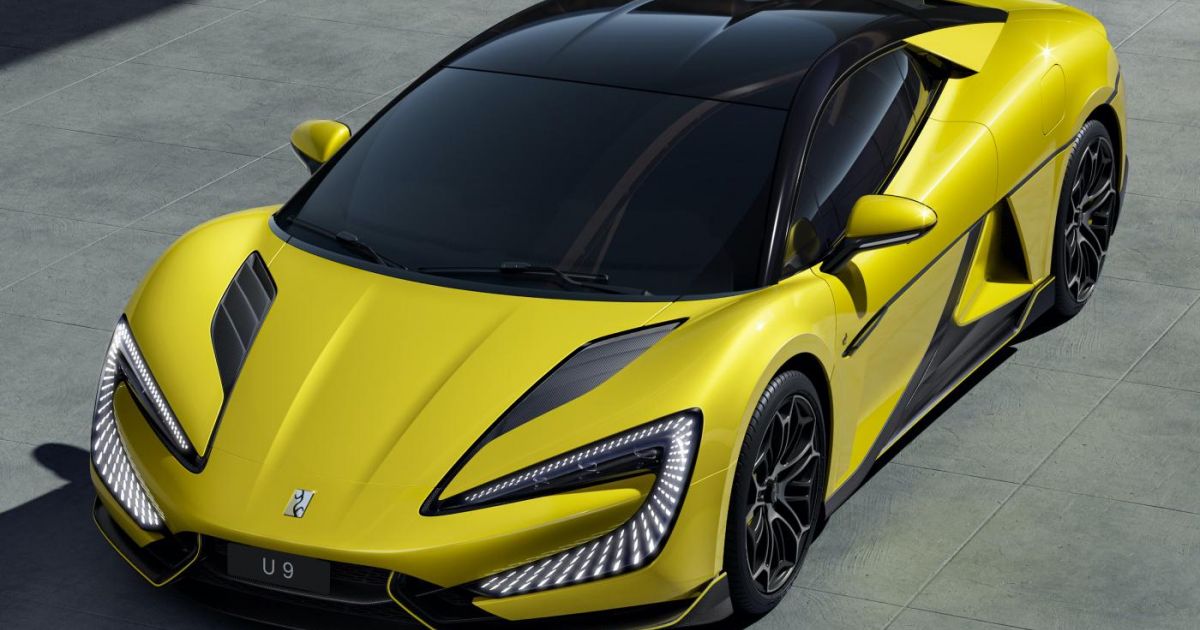That all depends on what the Roadster is in the way of. Robotaxi folks are definitely a different skillset than most who are needed to build a new automobile. Tesla compact folks probably would overlap a bit with the same ones as needed to build the Roadster. However, I suspect that the folks needed most for the Tesla compact are those who can wring every penny off of the cost while those for the Roadster would be the R&D folks who don't/can't deal with low costs but can eek out massive performance. Given the delays on the Roadster, it isn't obvious which car is getting what priority though. Both are taking time but, of course, given the halo aspect of the Roadster, it isn't surprising if it gets mentioned periodically, just to keep the buzz going.It does nothing to advance the mission but distract from RoboTaxi and the Tesla compact.
I do wish I had those thrusters on my 3 when driving on ice last winter though, but a cheap compact would have a huge benefit for many throughout the world. They're both good, IMHO. There's no need to kill either.



